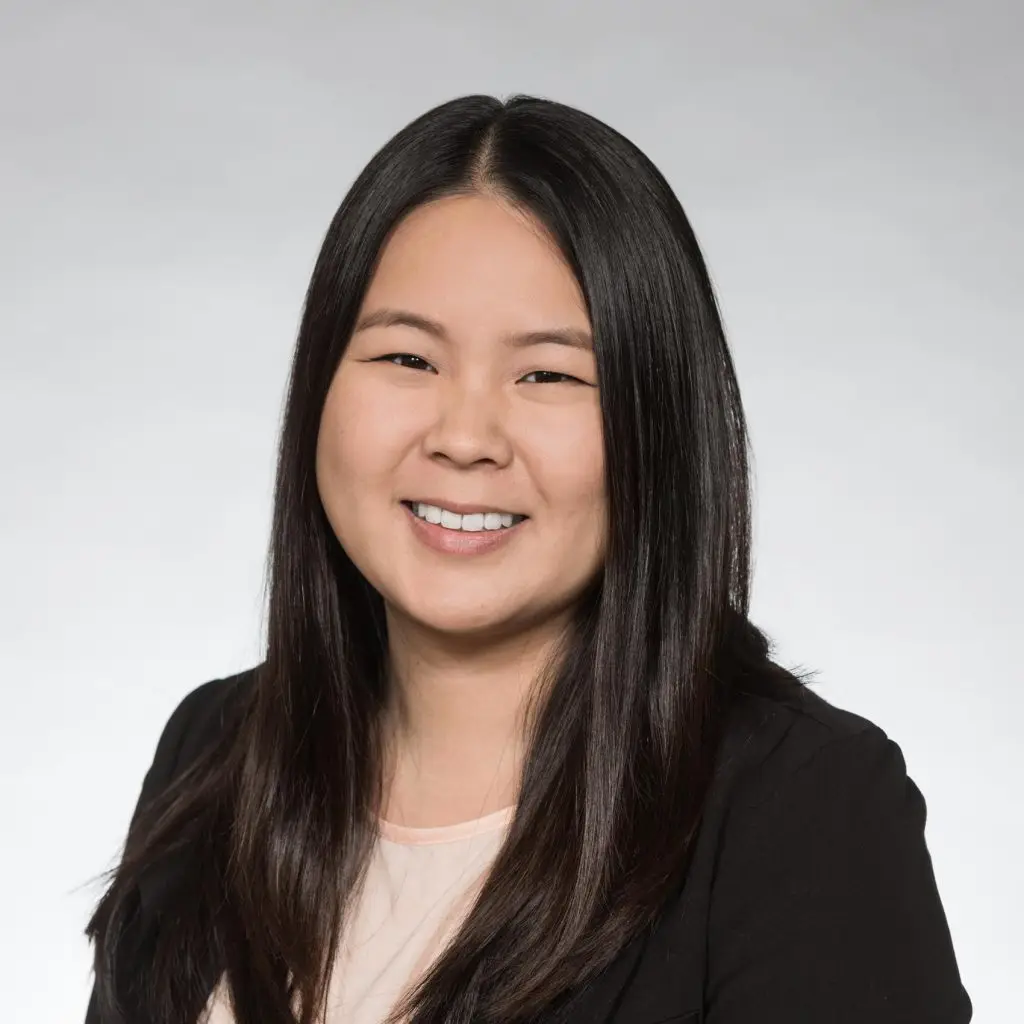As stress and disruption have intensified for students over the past two years due to the pandemic, so has interest in and spending on social-emotional learning (SEL) in public education.
Also mounting in some places is confusion about what SEL is and a lack of clarity about how, exactly, to implement SEL in sustainable, effective ways. In a time of crisis like no other for our children, how can schools best respond to their complex needs?
The Center on Reinventing Public Education spent the 2020–21 school year digging into the issue from several vantage points. We turned to survey research and experts to understand how the pandemic was affecting student well-being and mental health, examined a national sample of school districts to see how school systems were supporting SEL, and looked for data and practices that schools might leverage to meet the moment.
More than anything, schools need clarity about SEL. Teachers can’t be left to figure out on their own how to build healthy environments and teach prosocial skills. As districts and schools plan more services and programming with a new wave of federal funding and seek to help students recover from the pandemic, they need to clearly define what SEL means for their institutions, what streams of work fall under that banner, and what problems they are using it to solve. Leaders must prioritize SEL through sufficient staffing and budgets, and schools must develop habits and processes that treat SEL as cross-cutting, school-wide, systemic work.
This brief offers components of a comprehensive SEL approach, including:
- Be clear about what SEL is and isn’t.
- Prioritize SEL through budget and personnel decisions.
- Incorporate SEL into the school’s mission and vision.
- Develop a system to monitor what’s needed and what works.
- Make sure SEL is integrated into all aspects of school, especially academics.
- Plan both whole-school activities and individual interventions.
- Staff sufficiently to meet SEL needs.
- Connect SEL to DEI work.
- Invest in adult SEL and well-being.






